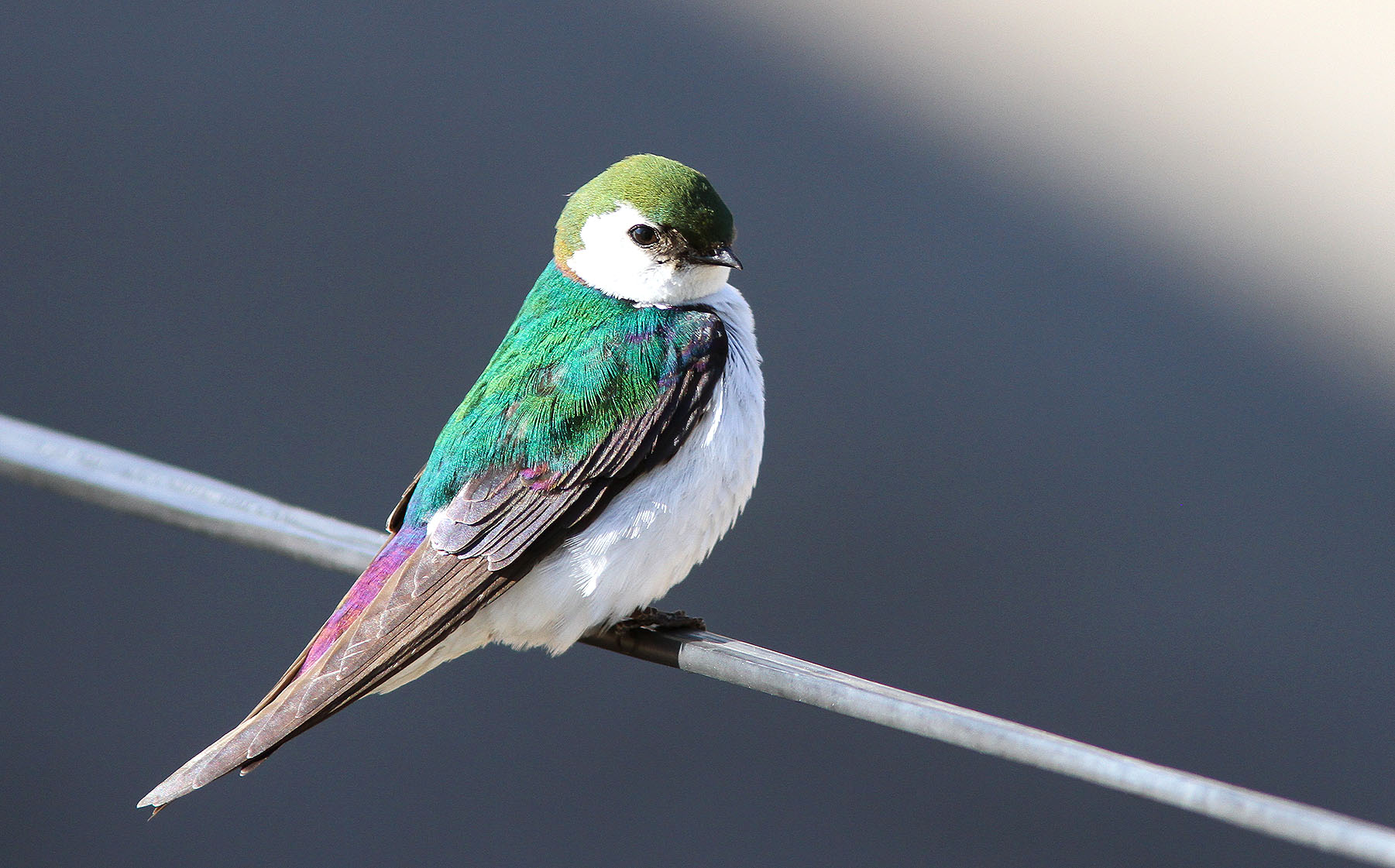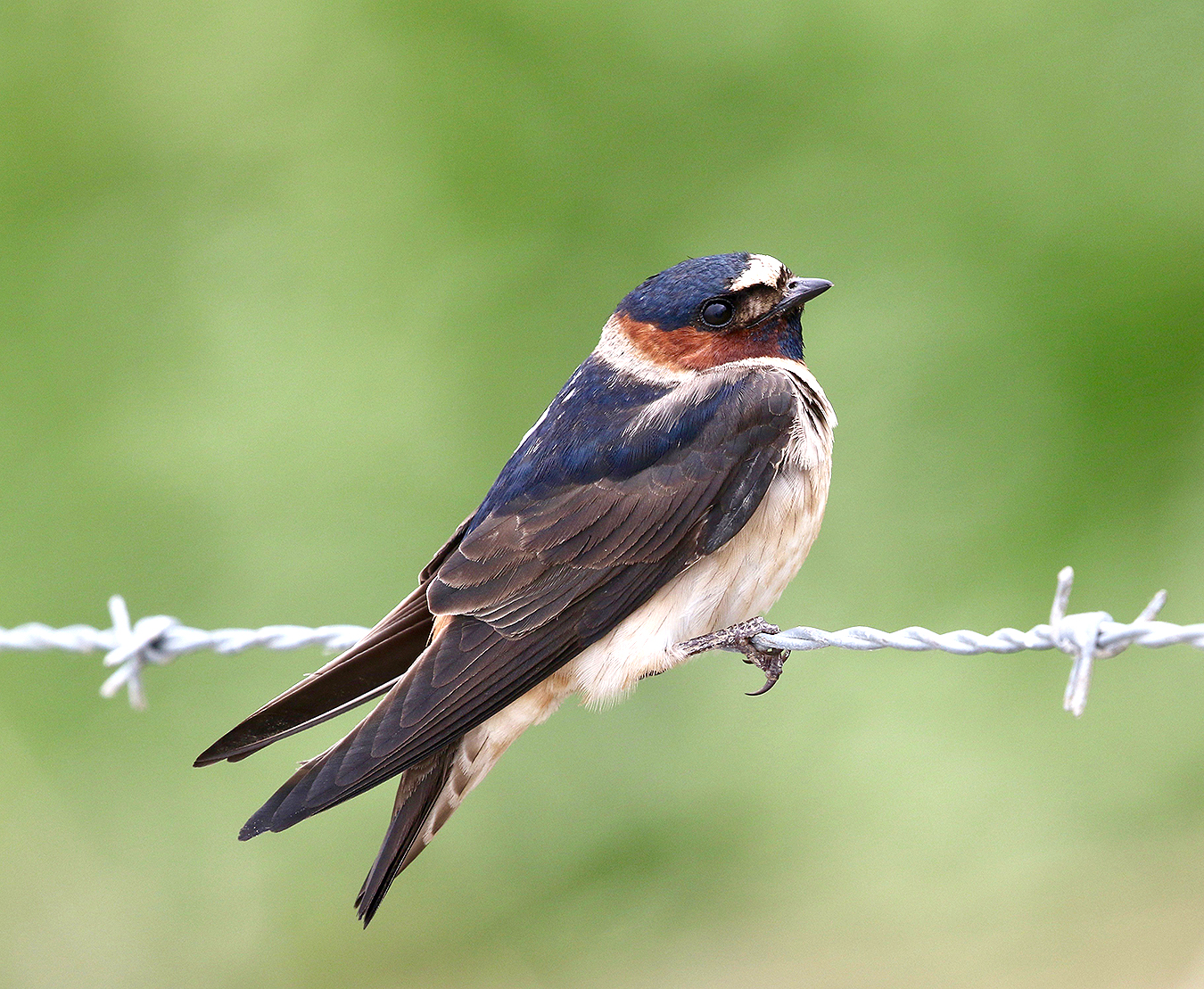Swallows—the F-16s of the bird world—are a family of birds made up of about 86 different species, six of which can be found here in Idaho during the summer. And they also happen to be the subject of May’s Wildlife Express newsletter.
Measuring 5-7 inches in length, swallows have broad, rounded heads. Their beaks are small, but don’t let that fool you! The mouth behind that beak is large. This large mouth is the perfect tool for swallows to catch their food.
Swallows build different nests, depending on the species—these are called nesting strategies. Each gives the birds different advantages.



